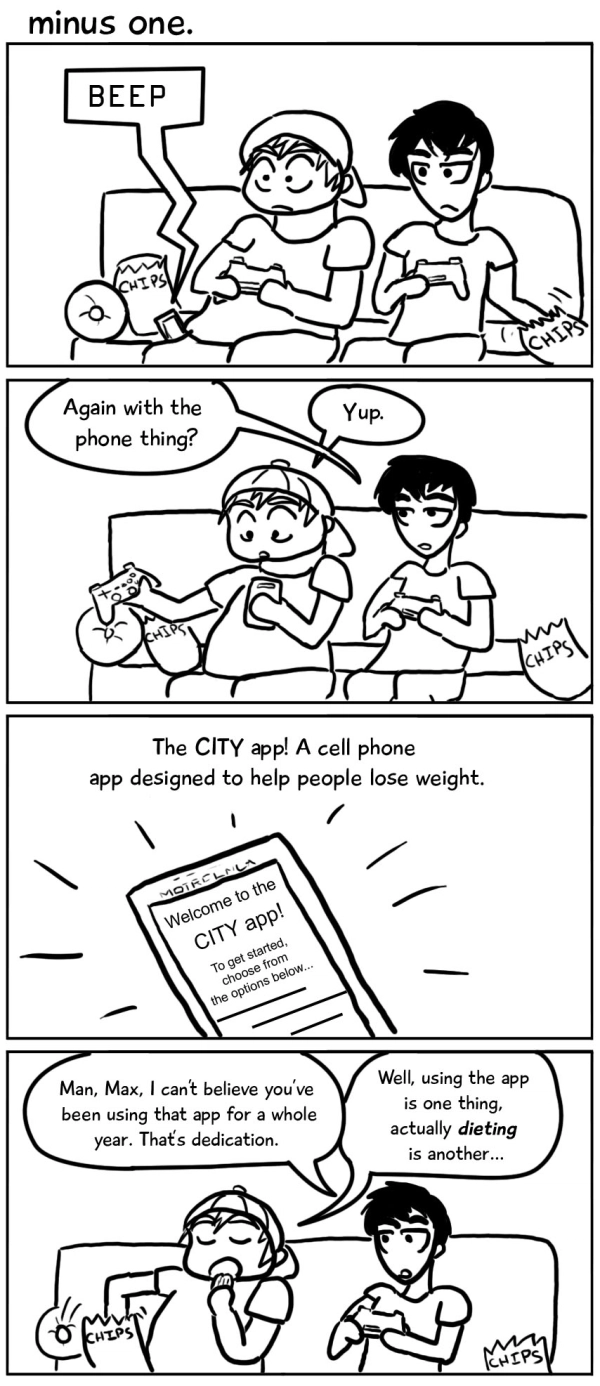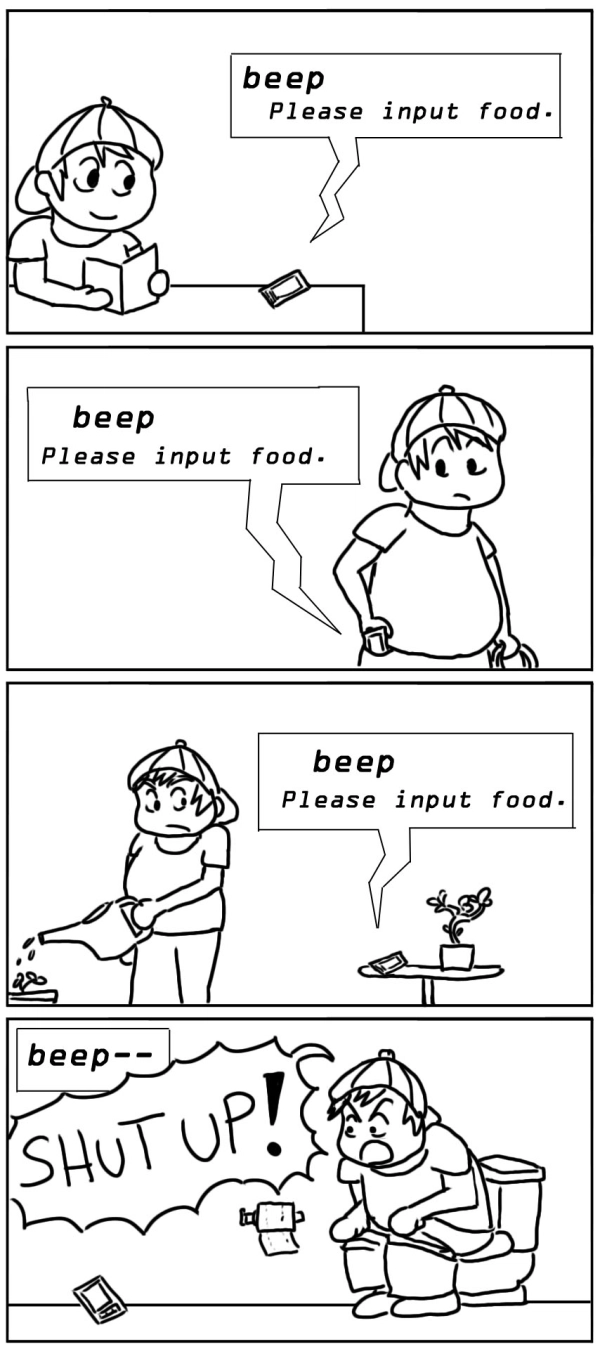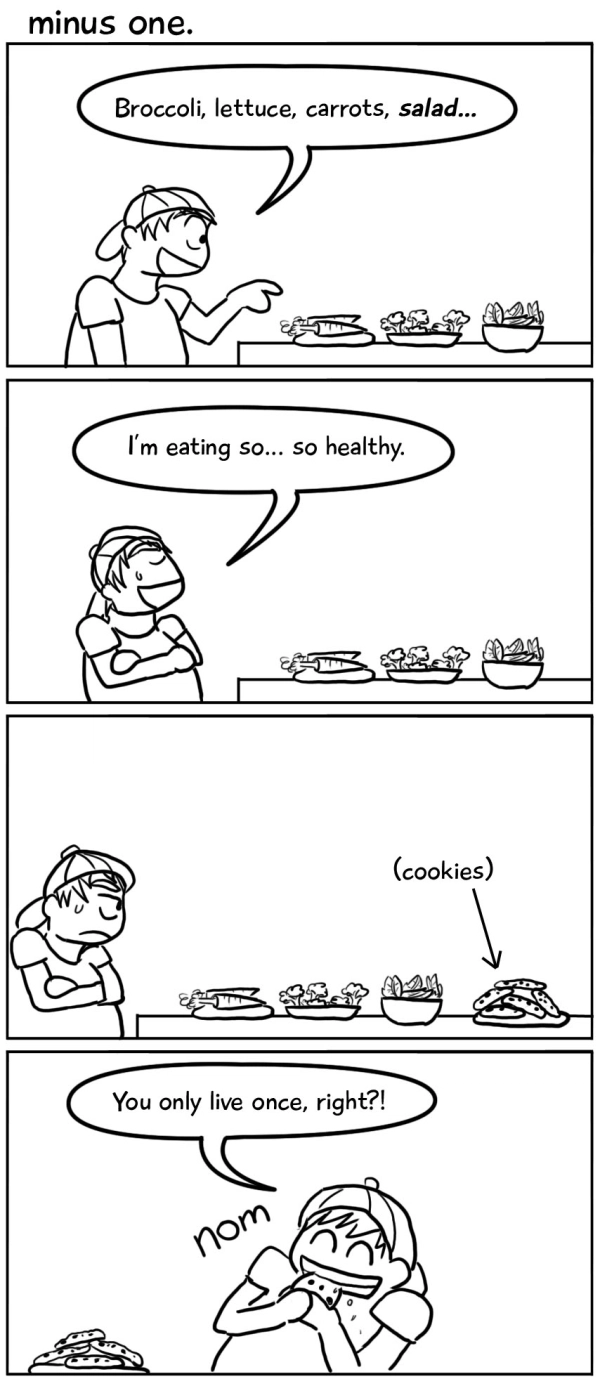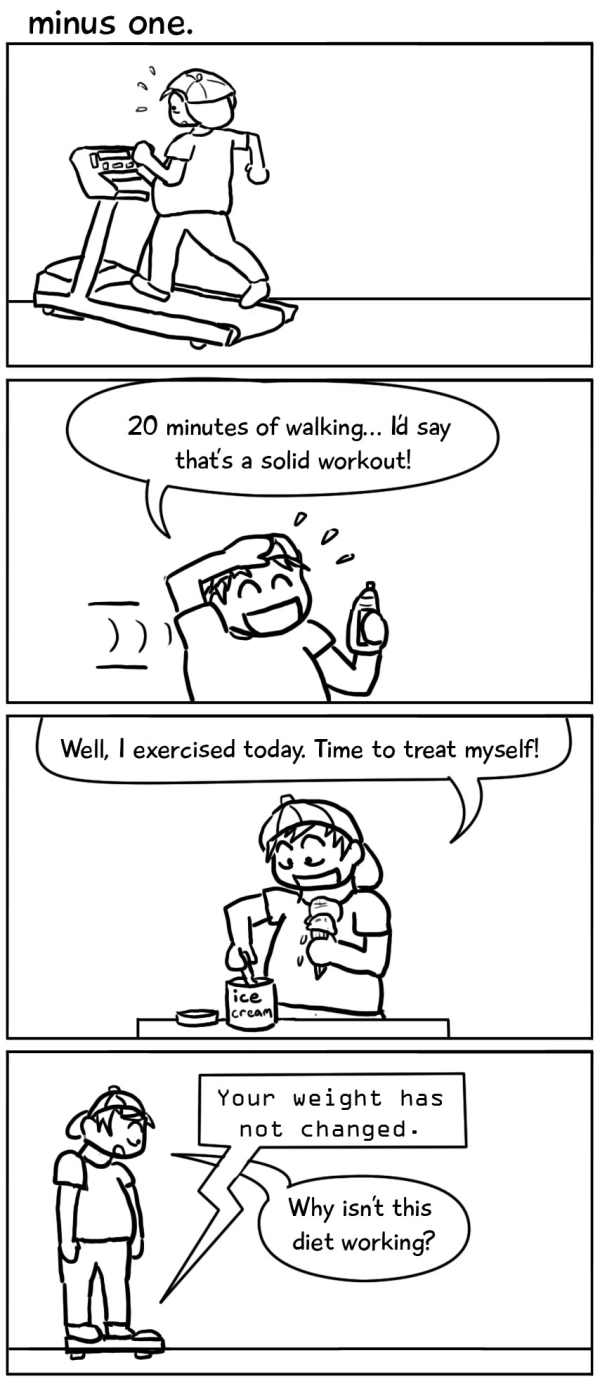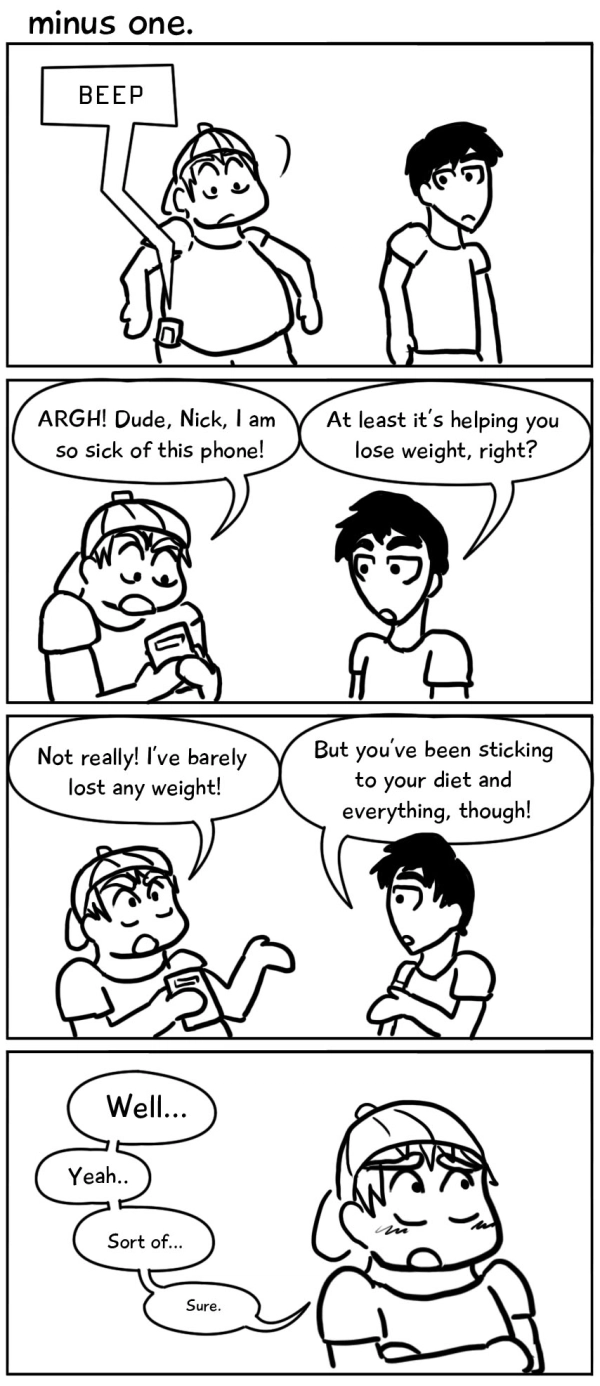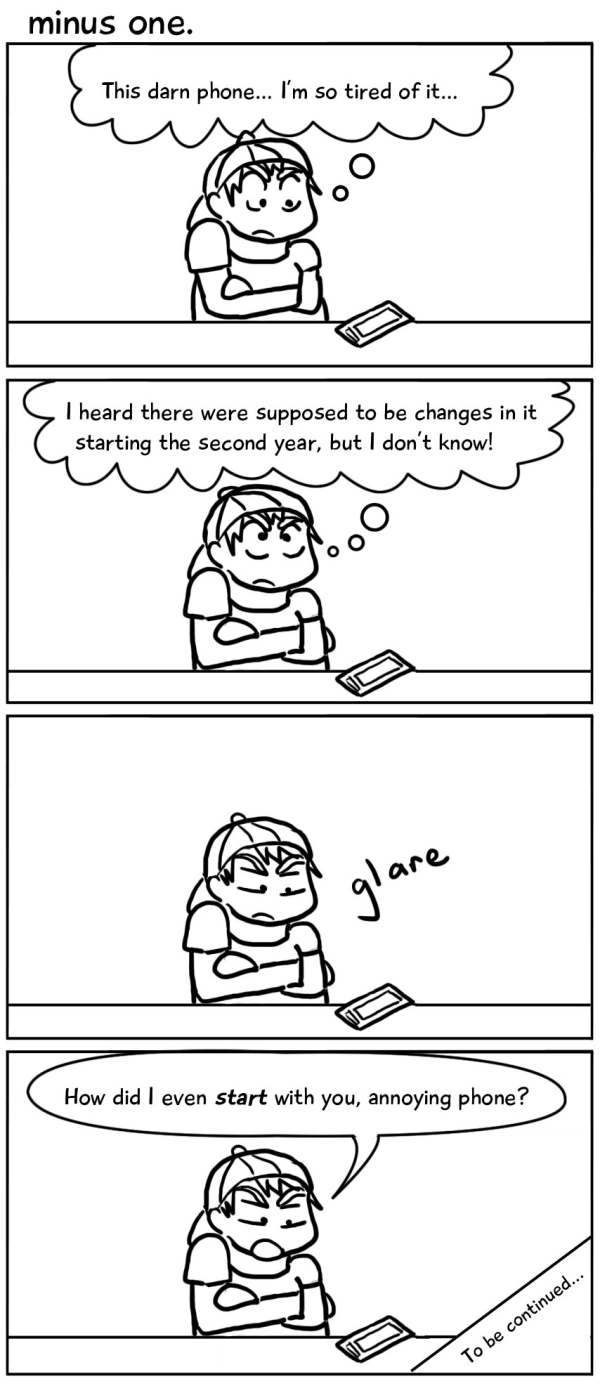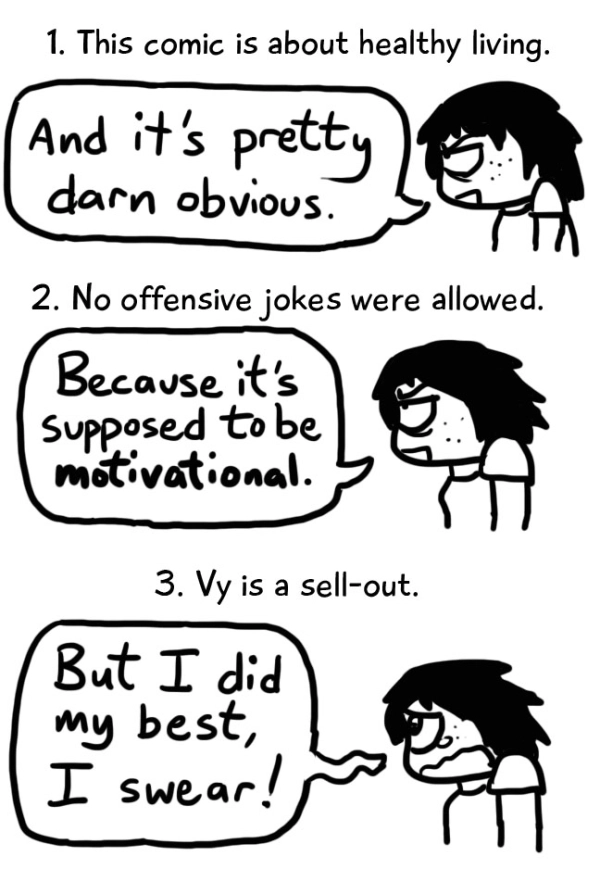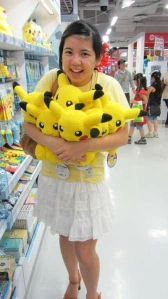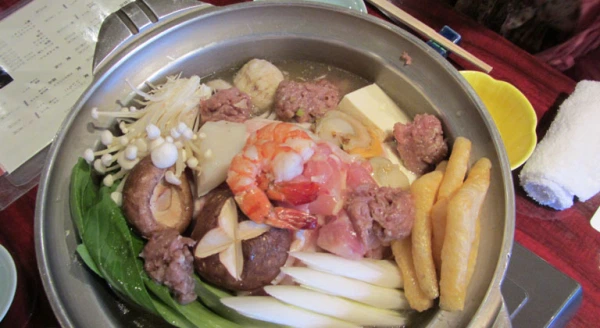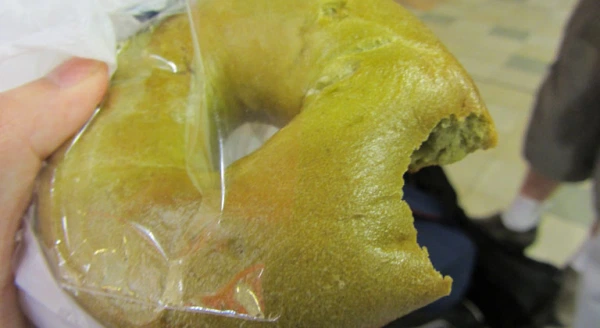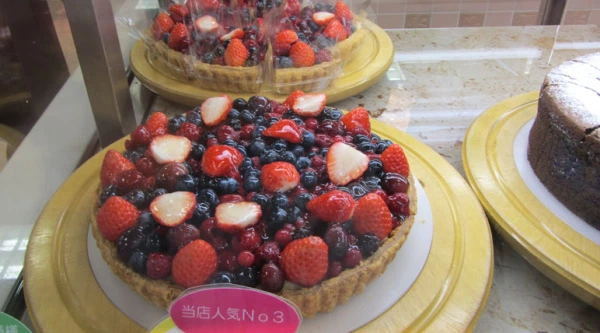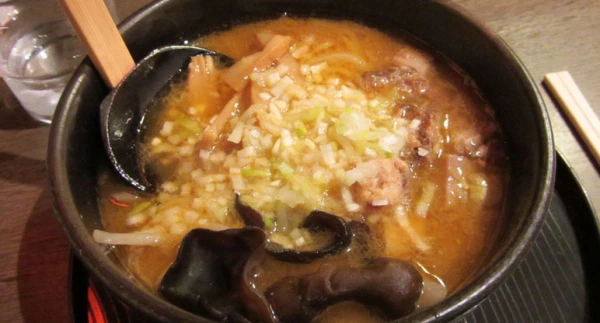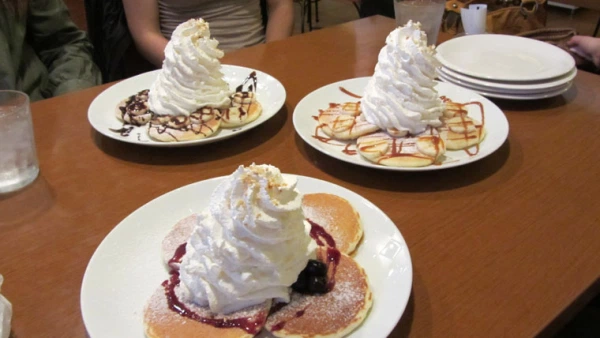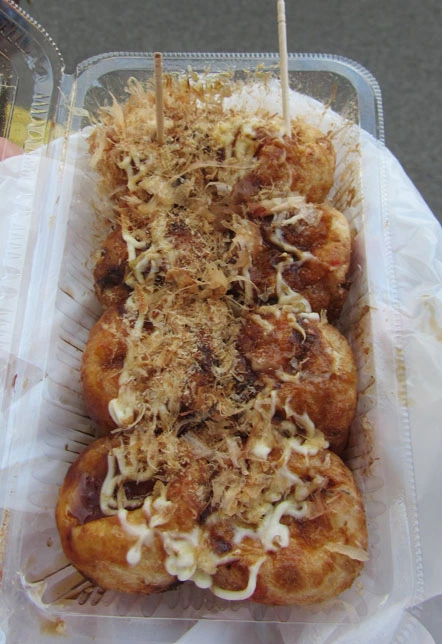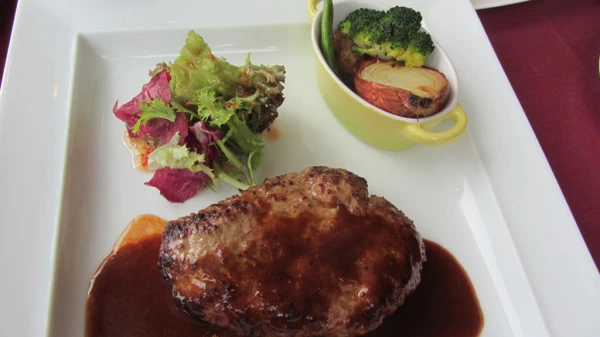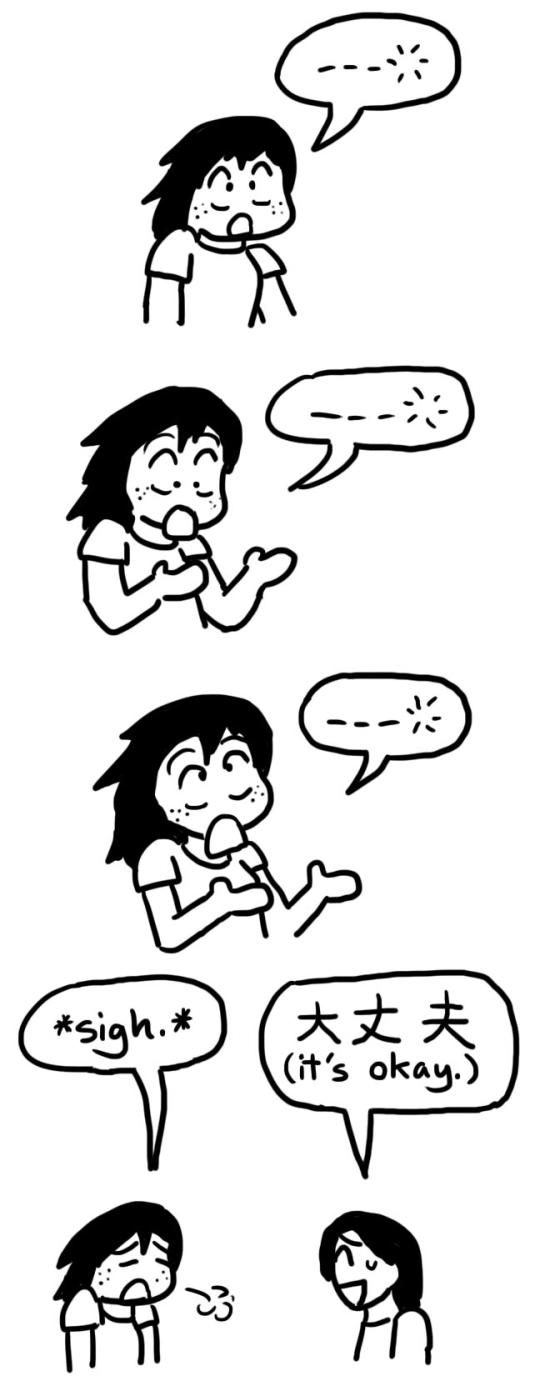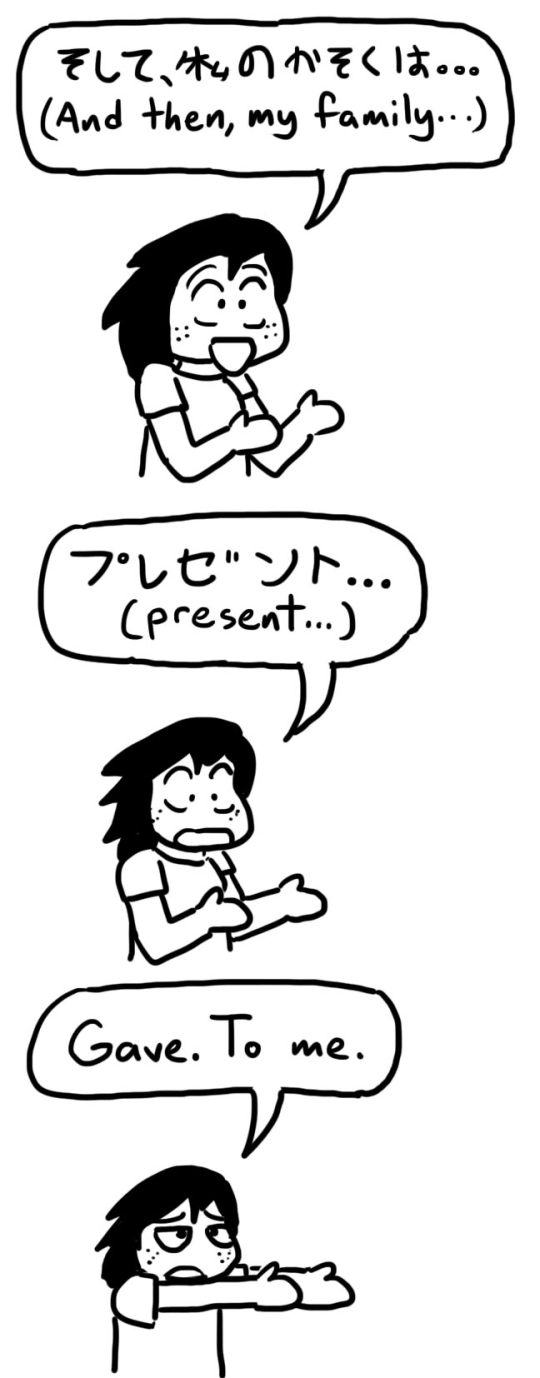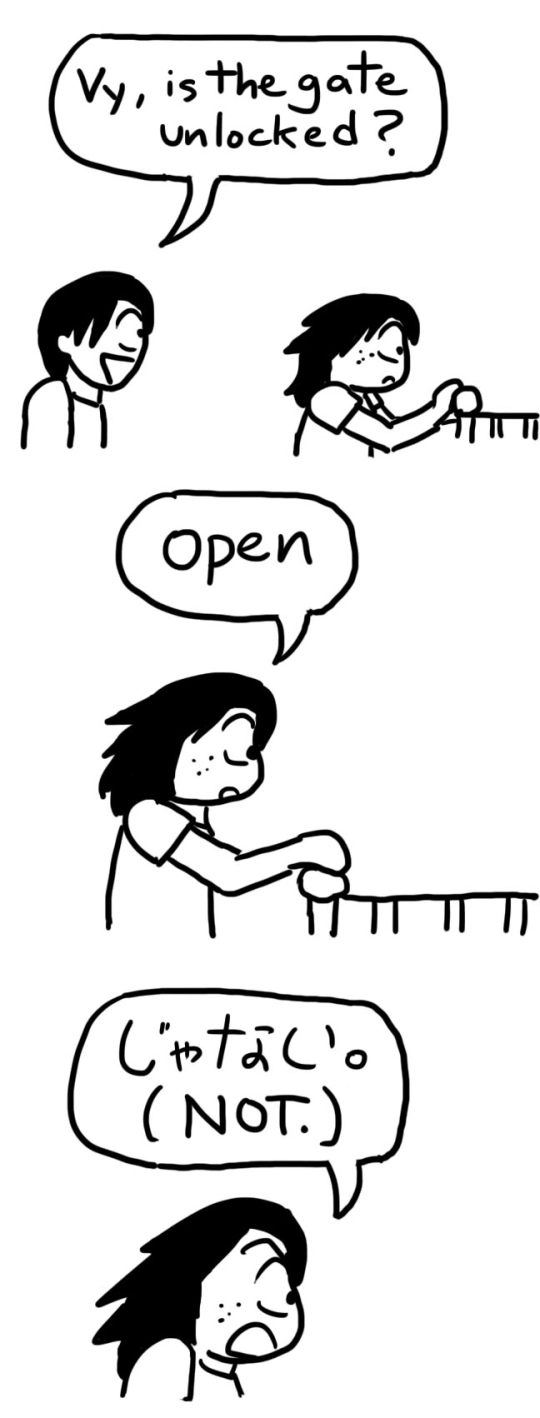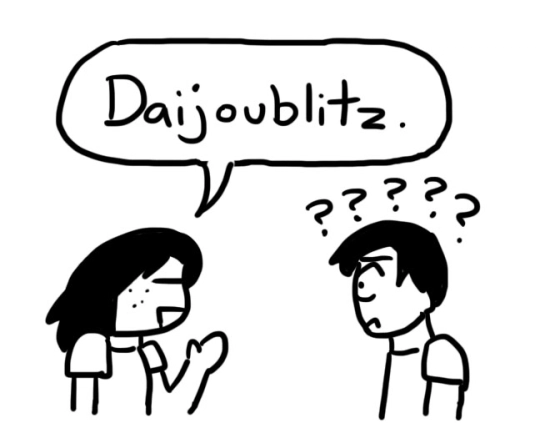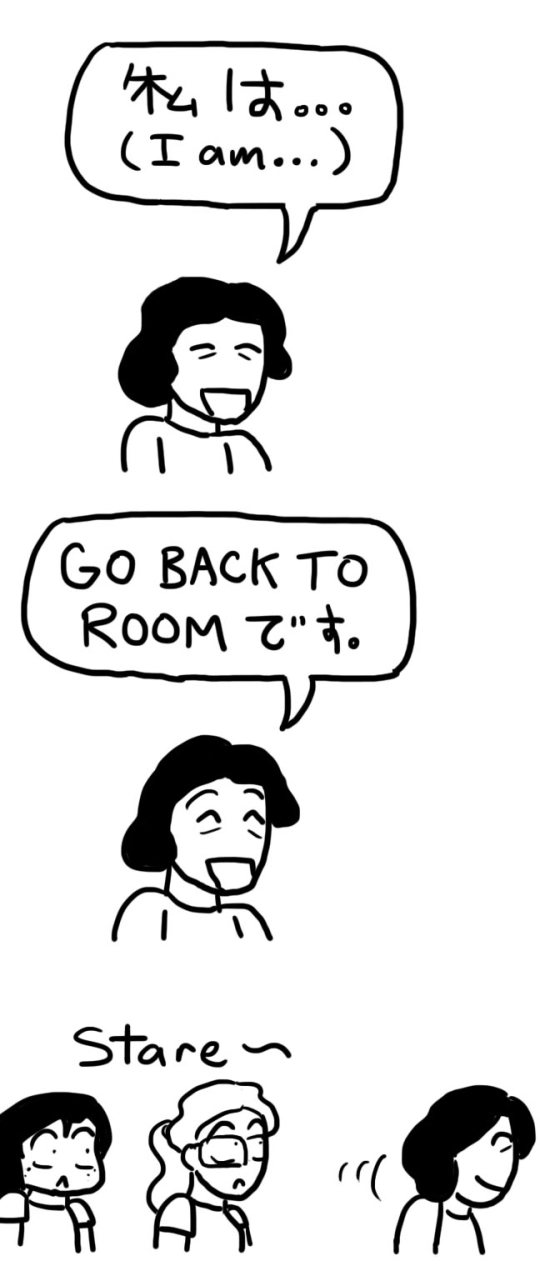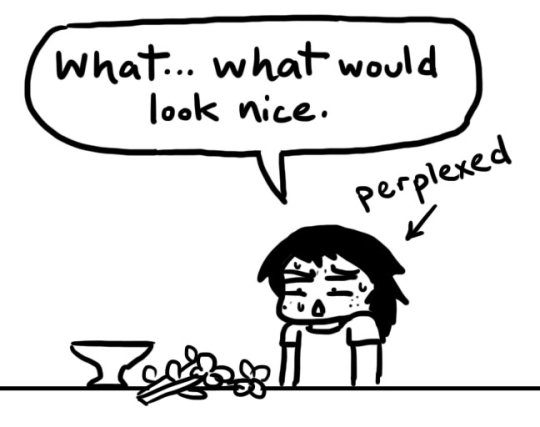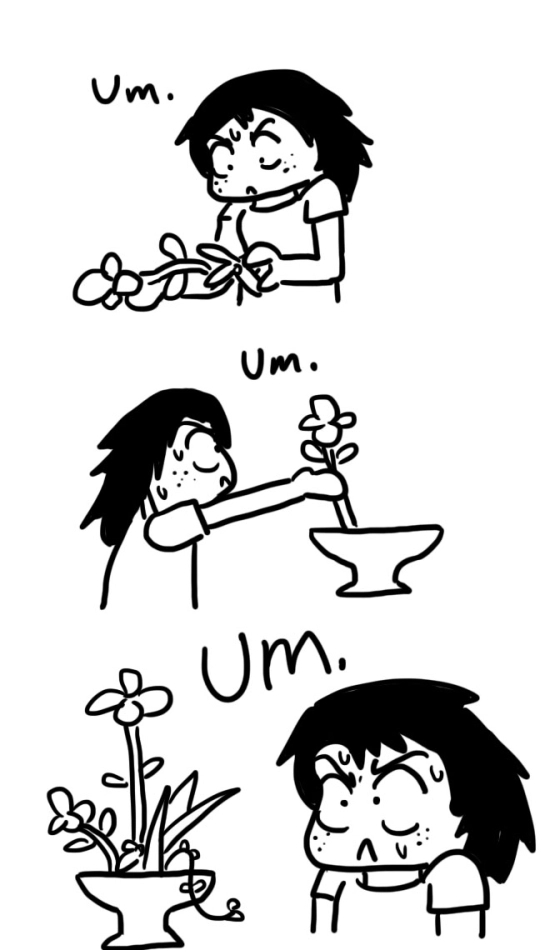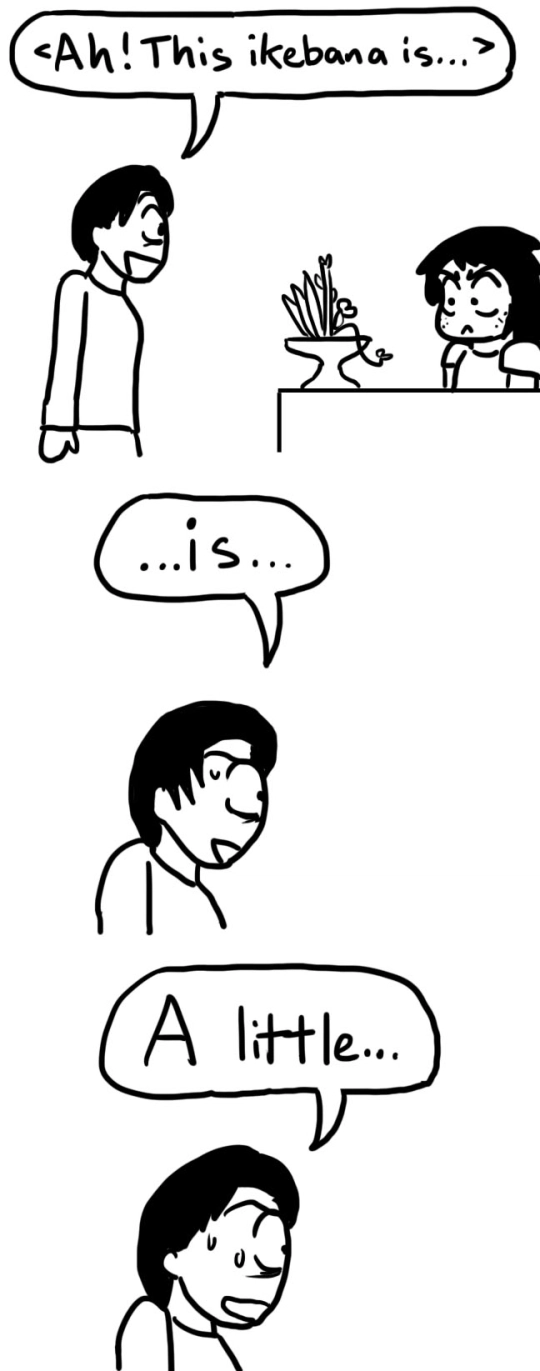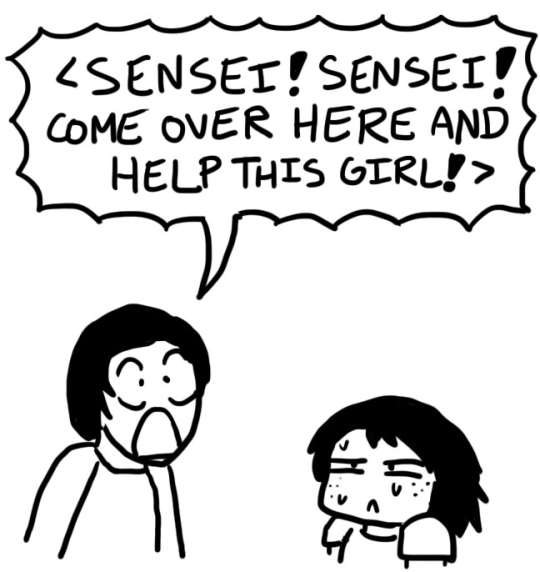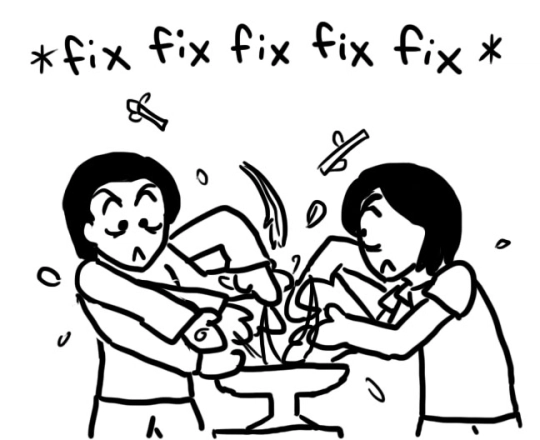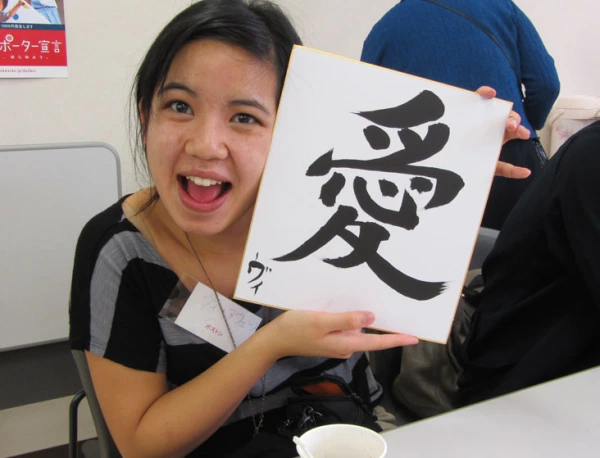Heya!
Before I start this nutty comic, I’m going to add some context for those who are unaware:
This is a comic about weight loss. There’s this study being done at my school, where participants use their cell phones to help them lose weight. They use this program called the CITYapp, where they can input their food and exercise to track the amount of calories they’re consuming. In addition, the phone also prompts them several times a day as a reminder. It’s kind of like using Weight Watchers or Livestrong or My Fitness Pal on your phone, except your phone is also constantly pestering you.
And, as this study is for two years, your phone is pestering you for two years.
People get sick of it.
That’s where I come in. The professors in charge of this study wanted to give this app some pizzazz. Something that would make it interesting enough for people to keep using it. Therefore I was hired to draw comics for the CITYapp, in the hopes that it would make people want to use their phone. I came in when there was a year left in the study– and since the participants use their phone every day– I was told to write a comic for each day, for a year.
These are those 365 comics.
365 comics about weight loss.
